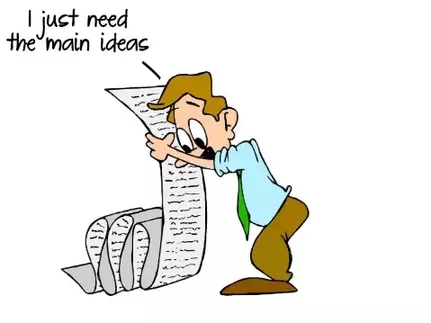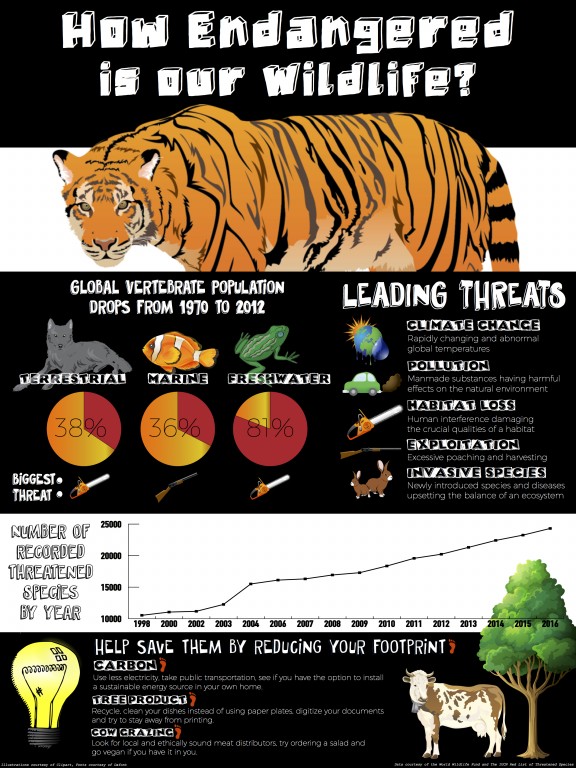Het arrangement Reading A2 is gemaakt met Wikiwijs van Kennisnet. Wikiwijs is hét onderwijsplatform waar je leermiddelen zoekt, maakt en deelt.
- Auteur
- Laatst gewijzigd
- 10-05-2019 08:52:00
- Licentie
-
Dit lesmateriaal is gepubliceerd onder de Creative Commons Naamsvermelding 4.0 Internationale licentie. Dit houdt in dat je onder de voorwaarde van naamsvermelding vrij bent om:
- het werk te delen - te kopiëren, te verspreiden en door te geven via elk medium of bestandsformaat
- het werk te bewerken - te remixen, te veranderen en afgeleide werken te maken
- voor alle doeleinden, inclusief commerciële doeleinden.
Meer informatie over de CC Naamsvermelding 4.0 Internationale licentie.
Aanvullende informatie over dit lesmateriaal
Van dit lesmateriaal is de volgende aanvullende informatie beschikbaar:
- Toelichting
- Modulenaam: A2 reading (non)-fiction Taal: Engels Duur: 6 weken Contacturen 12 ERK niveau: A2 Vaardigheid: Lezen Sub-vaardigheden: schrijven; spreken Studievaardigheden: note-taking, samenvatten
- Eindgebruiker
- leerling/student
- Moeilijkheidsgraad
- gemiddeld








 er or type it using a Word document.
er or type it using a Word document.








